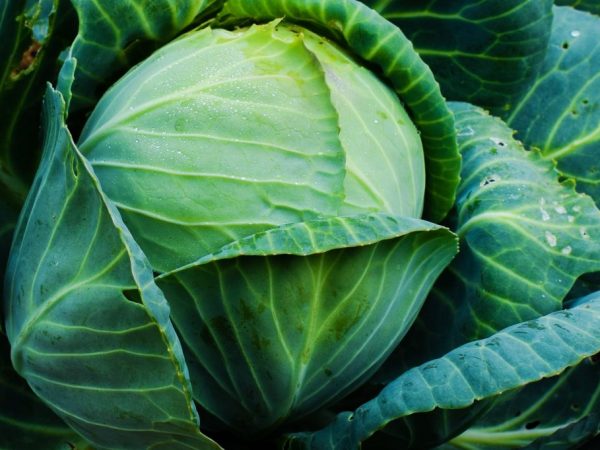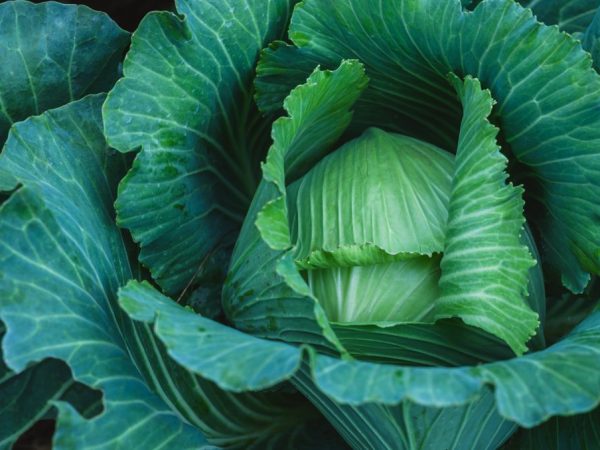Description of the best varieties of late cabbage
Those wishing to grow cabbage with a long shelf life should pay attention to the best varieties of late cabbage.

Description of the best varieties of late cabbage
Characteristics of late varieties
Dutch late white cabbage varieties have the following qualities:
- good indicators of productivity and taste;
- long shelf life: up to 10 months;
- harvesting is often carried out using mechanized equipment, this does not affect the quality of the product;
- late varieties of cabbage are characterized by resistance to most diseases.
The growing season of late cabbage from sowing the seed to harvesting is about 200 days. From the beginning of September to November, they are gaining active growth. The only drawback of all varieties of late cabbage is that they are not resistant to spring cold snaps, so they are planted using seedlings.
Landing rules
All late varieties of white cabbage or cauliflower are planted in early May. To do this, on the 10th of March, the seeds are planted in containers, they are allowed to germinate.
It is best to treat seeds with disinfectants: oxychom or manganese solution. The optimal dose of drugs is 10 mg per 10 liters of water. This is necessary to reduce the risk of influencing the culture of parasites and diseases. The first shoots, subject to the correct temperature regime, appear after 40-50 days.
For the first 2 weeks, a container with seeds of late-ripening species is kept at a temperature of 25-28 ° C. After 14 days, the temperature regime should depend on the time of day: the daytime temperature is about 18 ° С, and the nighttime temperature is 8-10 ° С. This allows the plant to quickly acclimate to the environment after being planted outdoors.
2 weeks before planting in open ground, the seedlings are hardened. To do this, they are taken out into the street every day. In the fresh air for the first few days they are kept for about 2-3 hours, after which the airing time is gradually increased to 8 hours.
Only fertile lands are chosen for planting. It is best if the soil acidity level is no more than 4%. Otherwise, the growth of seedlings will slow down, and the yield will decrease. The optimal planting scheme for late varieties of white cabbage is 70 x 80 cm. The planting depth should be such that the lower leaves of the plant are above the ground.
Care
Late-ripening varieties of Dutch cabbage need full care:
- Watering is done once a week and only with warm water (this increases the adhesion of the roots to the ground). The optimal volume of water is 2 liters per 1 bush.
- Top dressing is carried out using mineral and organic fertilizers. The first - 14 days after planting in open ground. It consists in the use of organic matter: humus or poultry droppings (about 3 kg per 1 sq. M). During the second feeding, during the flowering period, nitrogen and potassium compounds are used (10 mg of ammonium nitrate, 20 kg of potassium nitrate per 1 sq. M). The third top dressing, carried out at the beginning of fruiting, involves the use of phosphorus fertilizers (40 mg of superphosphate per 10 liters of water). The beds are watered with this solution.
- The soil is loosened, weeds are removed. A crust must not be allowed to form on the surface of the earth. Weeding depth should not be more than 6 cm, otherwise there is a risk of damage to the root system.
Aggressor

Variety Aggressor can be stored for a long time
This type of white-headed culture of category f1 was bred in Holland. It is suitable for growing in all regions of Russia and Ukraine. The growing season is 150 days from the moment the first shoots appear. Due to its slow growth, the inner head of the fruit becomes substantially denser. Leaves are light green, with a slight waxy bloom. The fruits are large, their diameter can reach 25 cm, and the weight is 4-5 kg. About 700 kg of selected products are harvested from 1 hectare. This late kale is ideal for pickling, pickling and long-term storage.
Seeds are planted in mid-March. It is allowed to plant seedlings in open ground only in mid-May, when the winter frosts have already receded.
This representative of the Dutch selection is resistant to blackleg and bacteriosis. Resistance to flea beetles and aphids is noted.
Belarusian
From the name of the variety, it becomes clear in which country it was bred. Belorusskaya is ideal for long shelf life. The growing season is about 175 days from the moment the first shoots appear. The representative of late selection is suitable for cultivation in the middle zone of the country.
According to the description, the variety has green leaves. The fruits of white cabbage reach a weight of 5 kg. The yield indicators are good: about 500 kg of selected products are harvested from 1 hectare. The variety is suitable for fermentation.
Seeds are planted on March 15-18. In early May, the seedlings are transplanted into open ground. It is resistant to late blight, fusarium and root rot.
Snow Maiden
The white-headed variety of late Snegurochka cabbage is one of the best. It is ideal for the middle zone of the country. The growing season lasts for 170 days from the moment the first shoots appear. Leaves are light green with a waxy bloom. The head of cabbage is dense, round. The weight of the fetus reaches 10 kg. 900-950 kg of crops are harvested from 1 hectare.
The seeds are planted on March 10. From the beginning of June, transplanting into open ground is allowed. You can harvest in mid-November.
Languadeaker
The Languedaker cabbage is an f1 hybrid that ripens earlier than other late varieties. Vegetation lasts 135 days from the moment of emergence. Suitable for growing in the middle and southern part of the country. Showering light green. The head of the fruit is firm and round. In the context, the head of cabbage becomes white.
Resistance to fusarium and black spot is noted, the variety is resistant to flea beetles, aphids and butterflies. The shelf life of products is about 5-6 months.
Gingerbread man
Gingerbread man f1 matures in 140 days. There is a high density of heads. The weight of one fruit reaches 5-7 kg. The surface of the head of cabbage is light green; in the section, it acquires a white tint.
According to the description, all fruits of this variety are characterized by good resistance to cracking and decay. The shelf life is 8-10 months.
Conclusion
Late cabbage is a good option for those who wish to harvest in autumn and enjoy a healthy product throughout the winter. Late cabbage is especially suitable for industrial plants that grow crops for sale and transportation over long distances. The products do not lose marketability and taste for 6-9 months.


